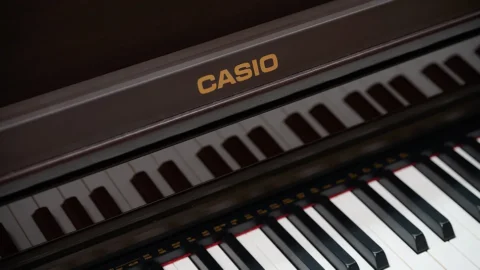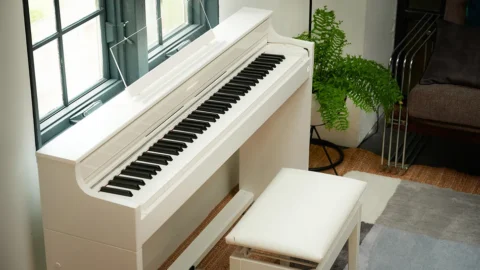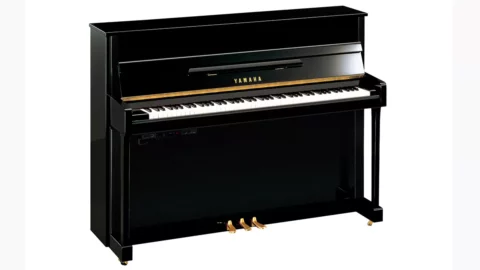Roland Adds New Premium Upright Digital Pianos To The LX Series
Roland’s new premium digital pianos look like uprights, but are designed to sound and play like acoustic grands. The LX-9, LX-6 and LX-5 use a range of technologies to make them feel mighty real.
They look like uprights, but Roland says that its new LX-9, LX-6 and LX-5 digital pianos give you the “sound and playability” of a grand, which could be the ideal combination if space is at a premium but you don’t want to compromise on tone or touch.
These are the latest additions to the long-running LX series and feature the Piano Reality Modelling tech that was debuted in the GP digital grand piano range. This is designed to emulate every part of the acoustic piano tone generation process, the hope being that the end result is as close to the real thing as possible.
The same could be said of the new LX pianos’ 88-note keyboards, which have a hammer action with escapement and a hybrid wood/molded key construction. The LX-9 and LX-6 have the extended key length that you’d get on an acoustic grand, and in the case of the LX-9, you also get haptic feedback that promises to emulate the subtle vibrations that occur when playing said instrument.
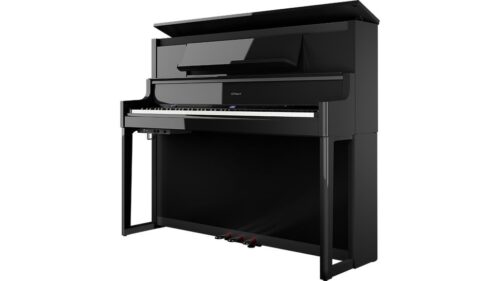
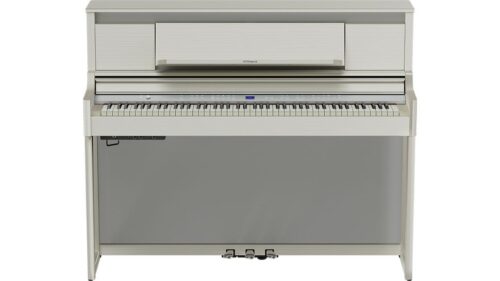
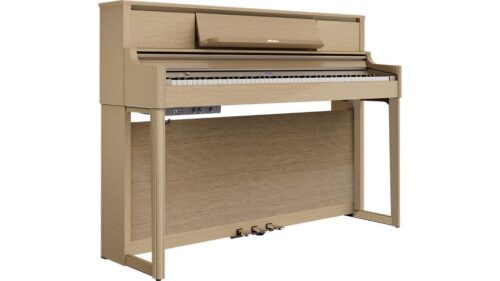
In the case of each piano, the keyboard is designed to work with the three-pedal setup that supports all traditional pedalling techniques, while the multi-channel sound systems promise to emulate the sound characteristics of an acoustic piano (string/cabinet resonance, hammer noise and more). You can also choose from a variety of virtual environments, so you can feel like you’re playing in everything from a concert hall to a cosy studio space.
Other handy features include Bluetooth MIDI and audio, a twin mode for teaching and same-range duets, a built-in recorder and a metronome.
Each piano is available in multiple finishes, and if you want to see what it would look like in your room, you can get a ‘virtual installation’ from Roland’s Piano AR tool. Prices range from $3,800 to $7,200, and you can find out more on the Roland website.
